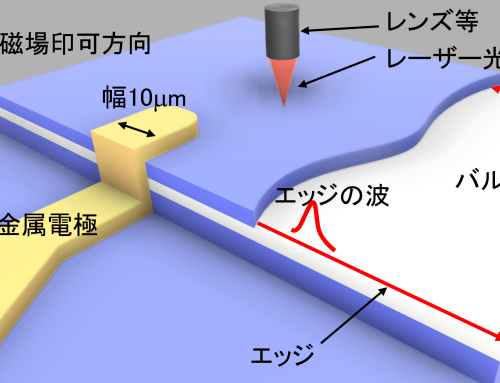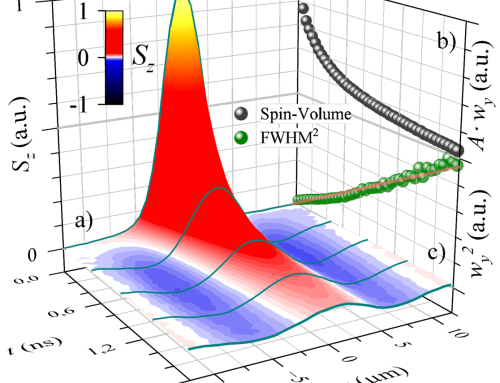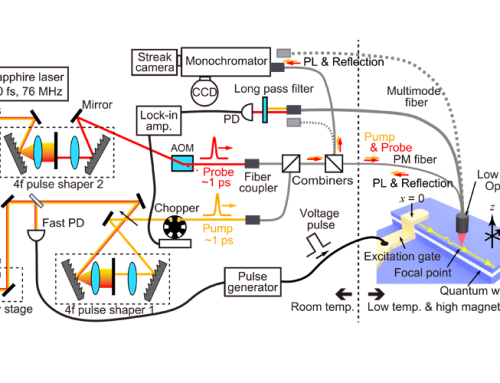Spin-orbit interactions in solids have inspired innovative physics for spin-based technologies. One such example is the persistent spin helix, where spin-orbit interactions from the semiconductor lattice are balanced with those in asymmetric quantum wells, to create long-lived spin textures. Spin transport in the presence of the momentum-dependent spin-orbit interactions lead to Larmor precession and subsequent dephasing that challenges the design of current spin-based information processing devices. We demonstrate that external magnetic fields can be applied to overcome this issue for spin-polarized charge carriers transported by in-plane electric fields. A frame of reference picture is introduced to describe the emergence and dynamics of the polarization-locked spin-wave packet after optical excitation. Applying well-matched magnetic fields maintains the persistent spin-helix profile regardless of whether the frame of reference is in motion or not. Monte Carlo simulations allow this traveling persistent spin-helix concept to be extended to a proposed spin Hall-effect transistor to ease design requirements.



